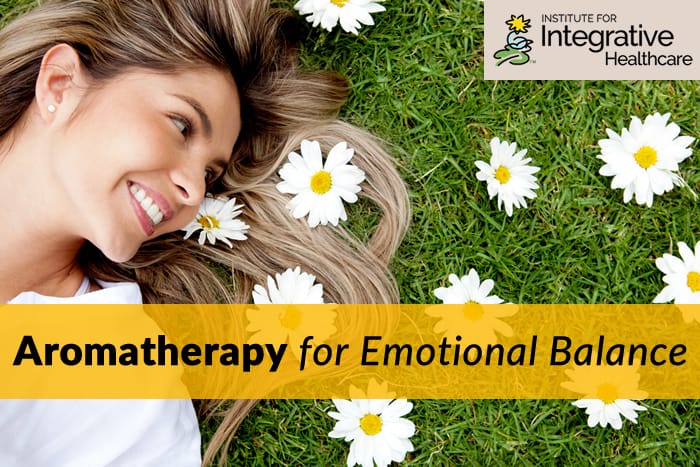

Aromatherapy is the practice of using essential oils, the essence of plants (flowers, leaves, roots and bark) for physical and emotional health and wellness. Essential oils are volatile substances, meaning they evaporate rapidly. They are extracted from plant material by steam distillation or mechanical expression. Steam distillation draws out the oils from the plants, and the oil and water are then separated. Mechanical expression, or cold press, simply compresses the plant material until the oil is squeezed out.
Aromatherapy is considered to be a derivative of herbal medicine, as the goal is to use the biological components of plants to have a therapeutic impact on health. In fact, essential oils have been proven to have many antiviral, antibacterial and antifungal properties – and are often used in cosmetics and skincare products for these reasons.
Essential oils consist of an array of volatile chemical compounds, including terpenes, esters, aldehydes, ketones, alcohols, phenols and oxides which produce the distinct characteristic odors of each one of the many available oils.
Limbic System
The olfactory receptors (smell receptors) are located in the mucous membrane in the roof of the nasal cavity. Axons from these receptors enter small bundles of nerves which run through openings in the ethmoid bone and enter the olfactory bulb. Much of what we know as the ability to taste is actually our olfactory sense (smell).
From the olfactory bulb, nerve synapses (via mitral cell axons) travel directly to the olfactory cortex, the portion of the cerebral cortex that receives these direct sensory inputs. The cerebral cortex is the superficial layer of the cerebrum which contains billions of neurons. The cerebrum is the part of our brain that is home to our intelligence: our ability to read, write, speak, calculate, remember and create.
It should be noted that olfactory messages do not pass through the spinal cord, but pass directly into the brain, bypassing the blood-brain barrier. This is why we can experience a shift in mood and emotion so quickly when we are exposed to certain scents.
The olfactory cortex is also part of our limbic system, which governs our emotions, including pain, pleasure, anger, fear, sadness and sexuality. The limbic system is commonly called the “emotional” brain, as it regulates our emotional states based on the stimulation input through the billions of neurons.
When the smells from the compounds in the volatile essential oils reach our olfactory cortex, located within our limbic system, it impacts our emotional state. The impact of each oil is unique, according to its own chemical signature and energetic characteristics. Each oil has its own specific impact on the limbic system and therefore on our emotions. So, too, each blend of oils has its own unique chemical signature and unique impact on the limbic system.
Aromatherapy and Emotion
Studies have consistently shown that scents, such as from essential oils, have specific effects on the neuropsychological and autonomic functions of the brain and can be used to influence emotion and mood, physical health and mental (cognitive) function. Several oils have been shown to reduce anxiety and depression, improve mood and lessen pain, including lavender, roman chamomile and sweet orange, among a great many others.
Essential oils can be used to activate a sense of inner peace and relaxation, allowing us to process our emotions. Many oils have calming effects and can be used to bring about a feeling of tranquility in our homes and offices, to put children in a restful state before bedtime and to help us calm our minds enough to sleep and rejuvenate ourselves.
Certain oils, especially citrus oils, have a stimulating effect on cognition and can be used to improve mental acuity and focus. Other oils such as rosemary are energizing and can help us power through long, busy days. Some oils reduce anxiety and stress, while others offer an increase in mood and happiness.
How to Enjoy Essential Oils
Essential oils can be dispersed into the room by using a diffuser with a few drops of oil in water. Inhalation can be done from a few drops of essential oil placed on a tissue or from a small bowl of warm water, which is another easy way to enjoy essential oils. Oils are often applied to the skin with the use of carrier oils, or non-scented oils such as coconut oil or jojoba that dilutes the essential oil to safe levels, or by adding them to other unscented body products. Essential oils can also be added to a bath or shower.
Aromatherapy is a pleasant way of incorporating the healing and uplifting properties of essential oils into our daily lives. Essential oils can reduce stress and anxiety increasing our happiness and mental focus, all while we enjoy the pleasant scents they offer.











